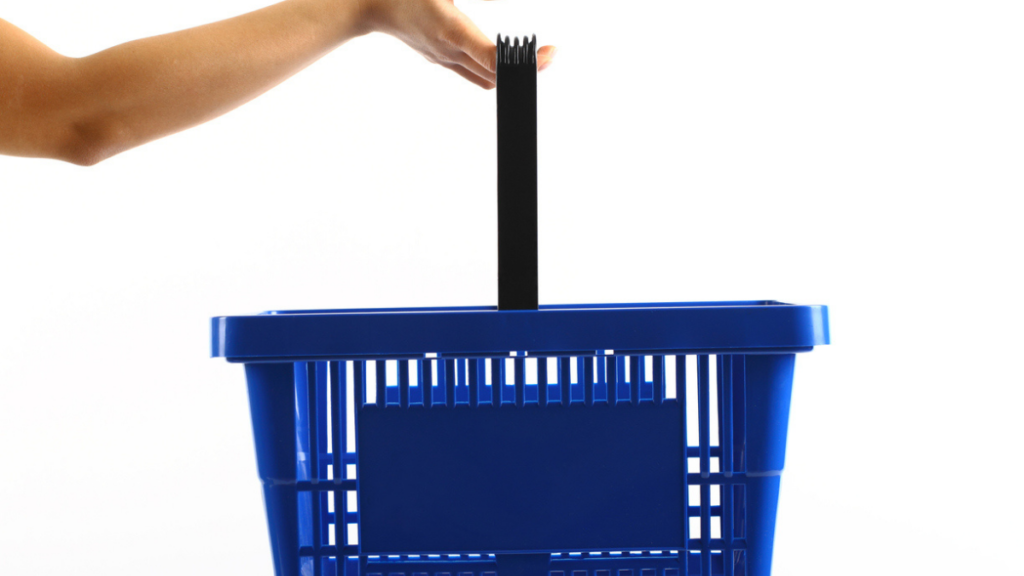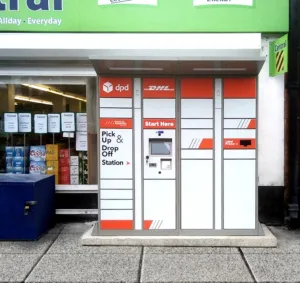By Mendel Gniwisch, CEO of stor.ai
When we shop online, whether for food, clothes, shoes or any other goods, one key way for retailers to get a better sense of how engaged we are with their brand is the basket size of any given order.
The basket size metric, which provides companies with a glimpse into the average monetary value of a customer’s order – and whether that value has increased or decreased over time – is a critical but often overlooked KPI for ecommerce brands of any kind.
Here’s why online sellers must embrace this crucial metric and how they can make the most of the data it provides.
The case for basket size
Calculating basket size helps retailers measure a range of critical dimensions ultimately affecting their bottom lines, including the success of their marketing efforts, the impact of advertising and sales campaigns, and the quality of their customer experience. It also allows retailers to understand which items are frequently bought together, the impact of external factors such as seasons and holidays on shopping habits, and many other trends. Ultimately, these key metrics provide firms with insights into whether they are offering the right variety or combination of products and if they are satisfying their clients’ needs at the moment of purchase.
In e-commerce, a key factor in increasing basket size is the ability to offer the most relevant products to the right shoppers at the right time. The more engaged customers are, the more likely they are to spend higher amounts. But this is only knowable through an informed look at basket size data.
Why growing basket size is crucial in the age of instant gratification
Global ecommerce sales are projected to reach $5 trillion this year as more and more people worldwide transition to buying goods and services online.
Take, for example, grocery shopping, where online consumers demand both convenience and value.
Though a rise in online sales sounds like a good thing for supermarkets and other grocery retailers, it nevertheless presents a challenge, as such sales can curb profitability. How? The rise of ecommerce means customers don’t really have to wait for a big weekly shop to buy items and can shop on the go instead. Many customers order several small deliveries throughout the week, at a lower average cost per order than if they’d shop once a week. This means that retailers are multiplying the amount they spend on deliveries, at the same time as the customer expects to pay the same price for their groceries. Frequently, the only way for retailers to meet customer demand is to compromise on profitability.
What’s more, with the rise of qcommerce, or on-demand and near-instant delivery, customers increasingly expect the option of receiving their orders rapidly – sometimes within 15 minutes. Large fulfilment centres aren’t always located within 15 minutes of each customer, so if the delivery is instant, the size of a basket is inherently limited: instant deliveries are restricted to a limited number of available items, and the costs of fulfilment and delivery can frequently outweigh the value of the purchase.
Increasing the average basket size to make purchases more cost-effective therefore needs to be a key strategic goal for grocery retailers as they set out their digital strategy in the age of instant gratification.
No two baskets are alike
So, how can online grocers and other e-tailers make sure they increase basket size in order to safeguard profitability? Personalization is key.
The move to online shopping has given e-commerce providers a trove of customer data that can be used to create a more personalized and targeted shopping experience in order to better meet shoppers’ needs in real-time. Online retailers can often leverage customer data gathered over time, including transactions, preferences, and loyalty-based information. This data can be used to design and offer highly personalized services, which will not only result in higher customer satisfaction and loyalty but also an increase in total sales.
By implementing tools that can glean insights from customers’ order histories, for example, retailers can generate marketing campaigns and messages that are most relevant to their customers and in turn increase basket size and profitability. Some personalization strategies for e-commerce sellers to explore include:
- Recommending relevant products that are likely to catch a customer’s attention – and avoiding those that are not. For example, if you know the customer buys diapers every four weeks and they bought diapers the previous week, personalized offers shouldn’t include diapers.
- Optimize product discovery with a personalized search experience: when customers search for something generic like “beer,” show them their favourite craft beer that’s on sale.
- Create specific campaigns relevant for each individual, rather than “one size fits all.”
From last-minute suggestions at checkout to advice about products in real-time, personalization tools help retailers better home in on customer preferences and accurately pinpoint their needs. Crucially, personalized offers help retailers increase their share of a customer’s wallet – when accurately targeted, shoppers may start purchasing products that they previously bought from other retailers. For instance, grocers may start offering plastic goods, or headphones, or other non-grocery items, increasing their share of wallet and thereby their profitability.
Personalization also drives loyalty, and loyal customers increase business and basket values. Retailers that know and serve their customers best will always win. And while speed may be important when it comes to sustainable and profitable shopping, it is actually basket size that may just matter most.







